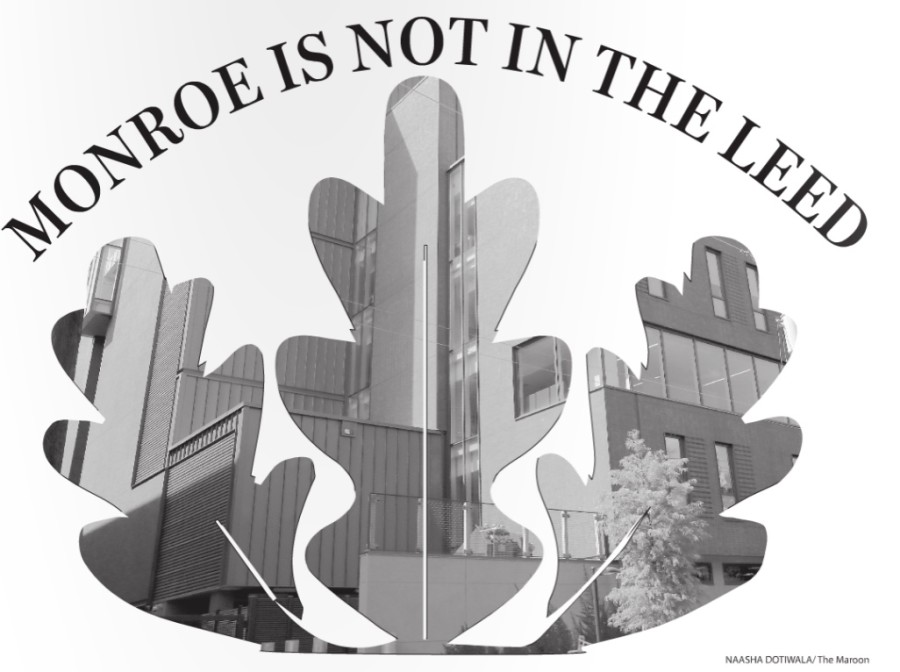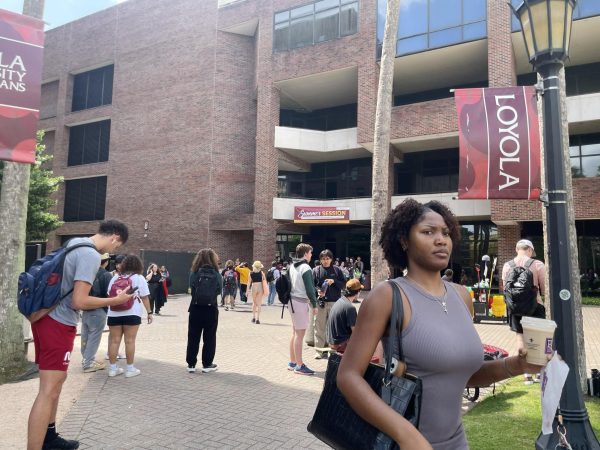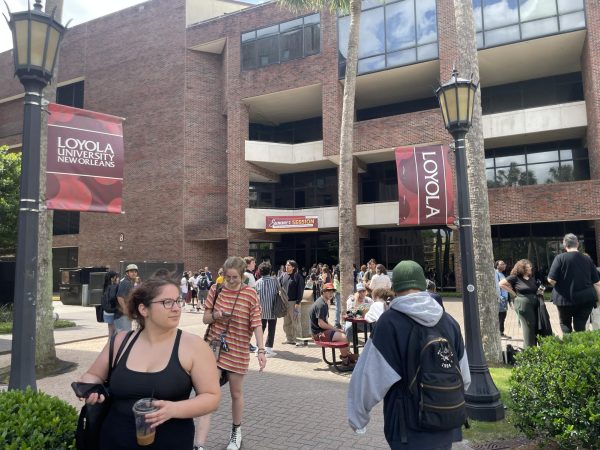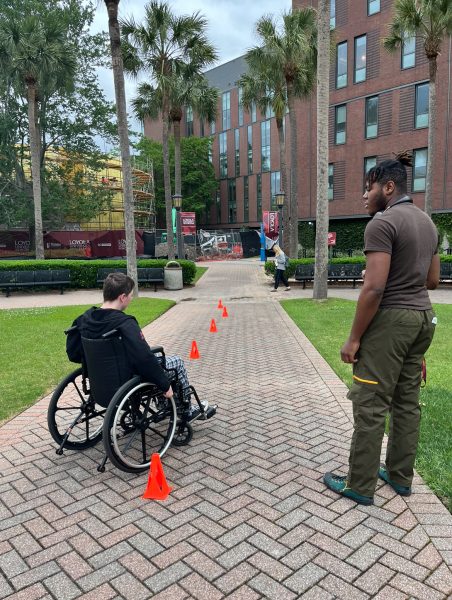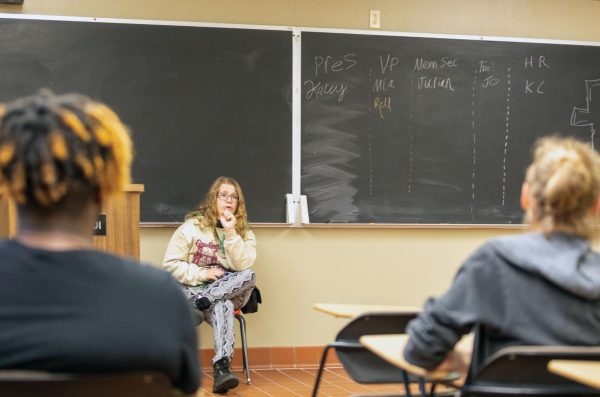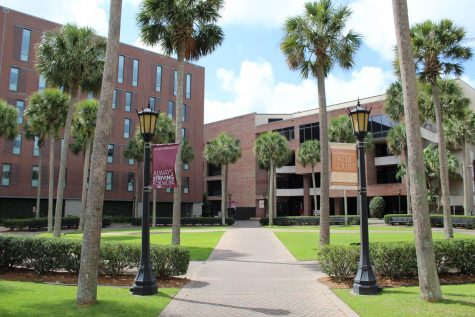Monroe Hall misses the LEED certification mark
September 4, 2015
While the finishing touches were put on Monroe Hall last spring, one thing is still missing from the building’s entrance way: a LEED certification plaque.
As Conway Cristina, studio director at Manning Architects, explained, LEED stands for Leadership in Energy & Environmental Design, and its main focus is on sustainability and energy and resource conservation in relation to buildings.
“Its focus is on being better stewards of the planet both in terms of efficiencies of human function and the energy sources they use,” Cristina said.
Bob Thomas, director of the center for environmental communication at Loyola, said that Monroe Hall did not receive the LEED certification even though it was designed to LEED standards. Though certification was originally planned, it would have cost the project another $500,000 for the final audit.
“The reason we didn’t take that to LEED after it was designed to LEED standards was because in the final analysis, they had to cut the budget. When they had to make the trade-off between a plaque on the wall and classrooms for students, they had to go with classrooms for students,” Thomas said.
Bret Jacobs, vice provost for information technology, said that LEED is a third-party certification program that certifies buildings to different levels based on points that are earned throughout the design and construction process. He said that this places additional work on the owner, architect and contractor as everything is documented and tracked, and that this work has a significant additional cost.
“The university decided to incorporate LEED principles in the design and construction process and forego the expense of actual certification. In the end, we have a terrifically efficient building,” Jacobs said.
Thomas Raymond, assistant vice president of administration, said that all new construction and renovation projects undertaken by Loyola University are designed to LEED standards. He said that they balance the benefits of the different energy-saving features with the cost, and make decisions about what features will provide the best return on investment.
“Thomas Hall has been certified ‘LEED Gold.’ The Law Clinic at the Broadway Campus has been certified ‘LEED Silver.’ Buddig Hall renovations comply with LEED standards – we have not applied for LEED review, since this is a partial renovation. Cabra Hall renovations are LEED compliant and the review process is underway – we expect to get a certification in the near future,” Raymond said.
Cristina, whose firm has deigned buildings to meet LEED standards, said that LEED is also important because it gives everyone a common vision on the building in terms of what level of efficiencies and sustainable resource usage that building requires.
“From the marketing PR side, Loyola, like any other large institutional-type client, uses LEED certification on its facility’s campus to show that they are on the forefront of doing the right thing and being good stewards of the environment,” Cristina said.
Thomas said that, although he thinks the university made the right choice in spending the money on additional classrooms, he’s sad they had to make that choice because it’s something of pride to see that the university is thinking of the environment as they design buildings.
“I would never advocate to spend $500,000 to put a plaque on a building—that’s insane. But a couple of tens of thousands when you build a big building, in the long run, you’ll get paid back on that real fast if it’s a LEED building. If it’s not a LEED building, you’re going to leak energy and that’s what it’s all about,” Thomas said.
Thomas said that he believes everyone on Loyola’s campus wanted Monroe Hall to go through the LEED certification process the right way.
“It was designed as a LEED; do I think it’s now a LEED? I have no idea. It might be, or it might not be. And there’s never going to be an audit, so we’ll never really know,” Thomas said.


